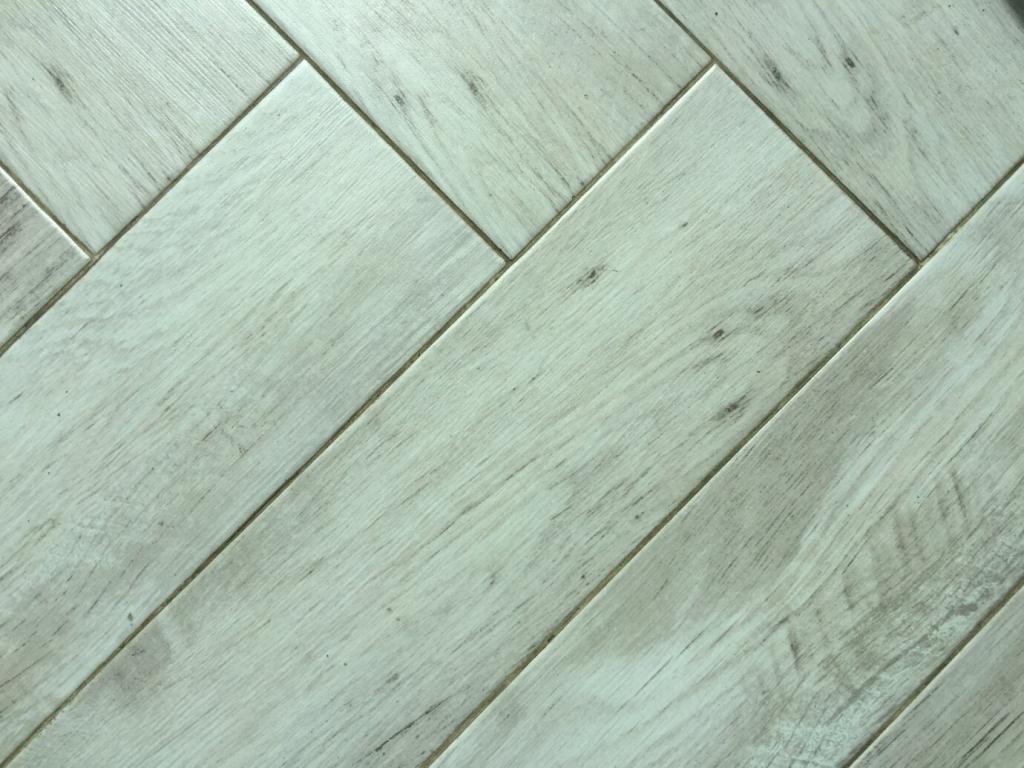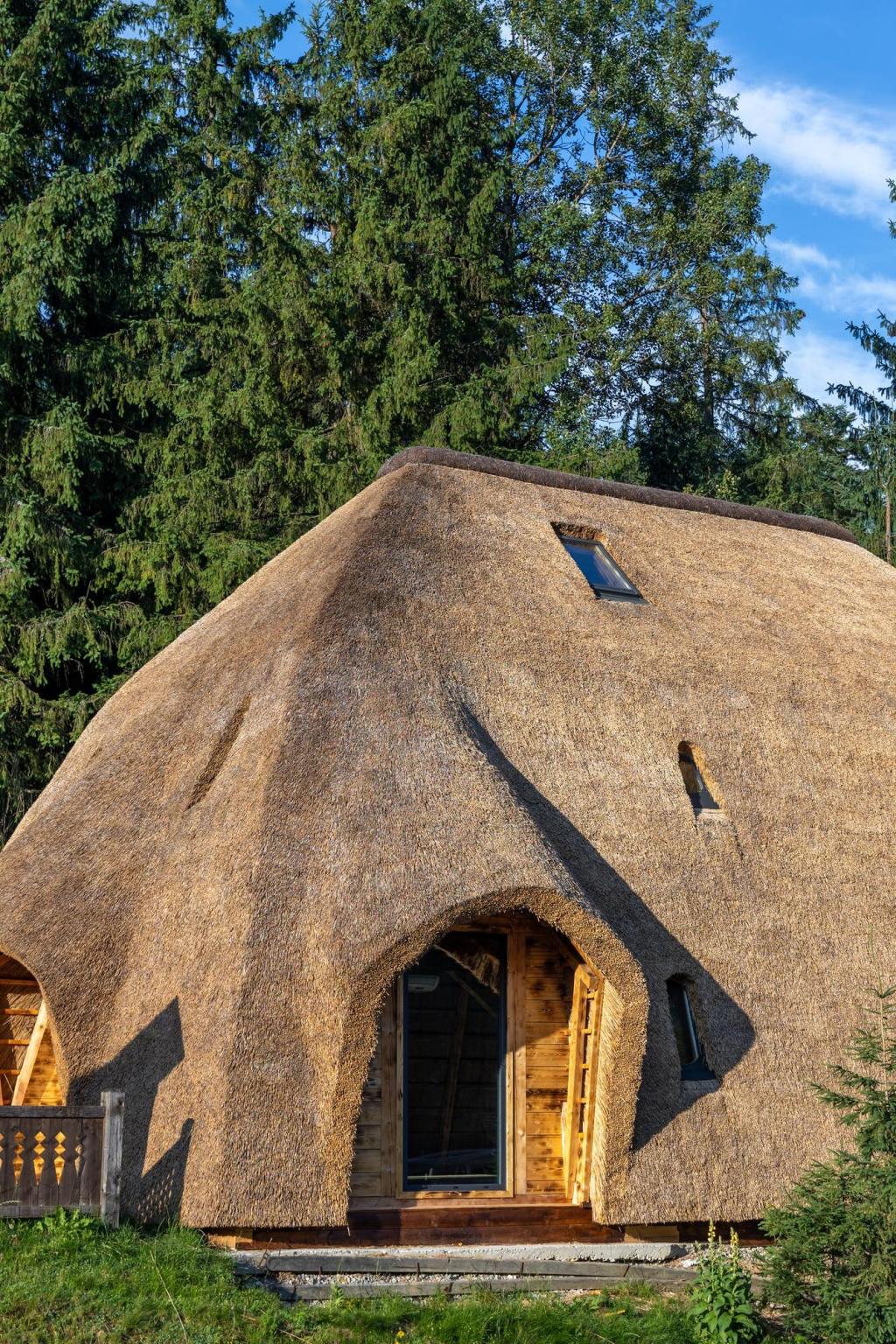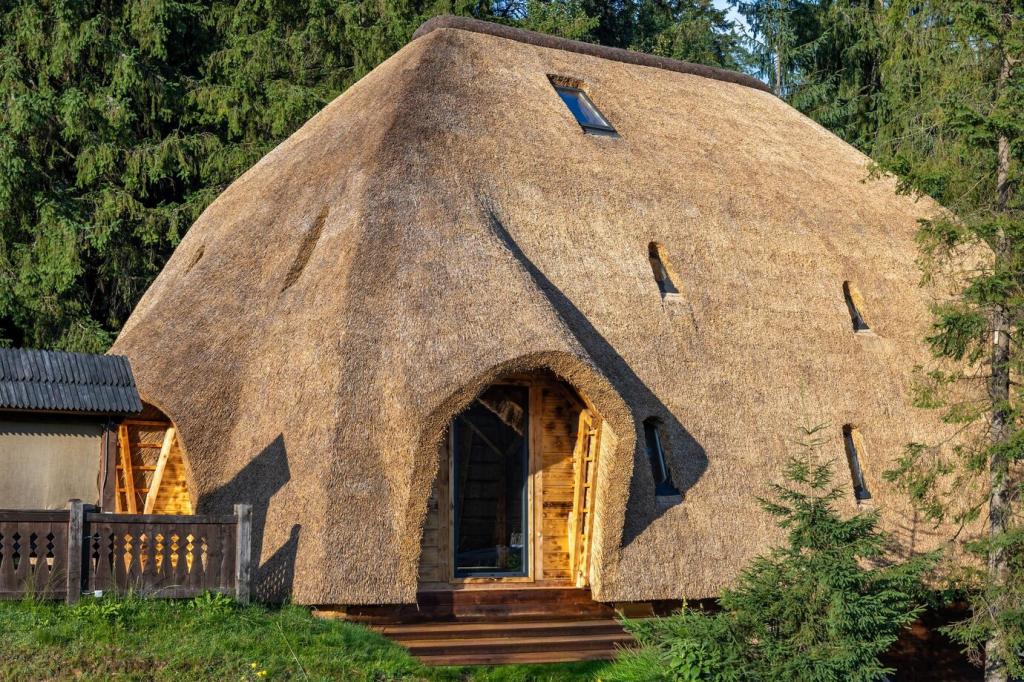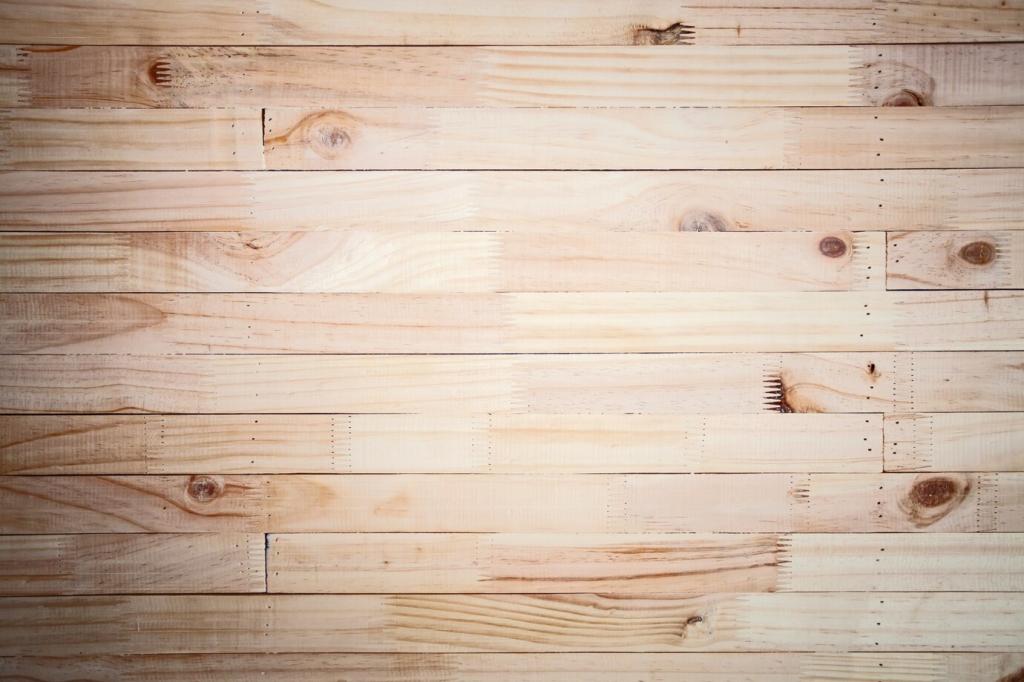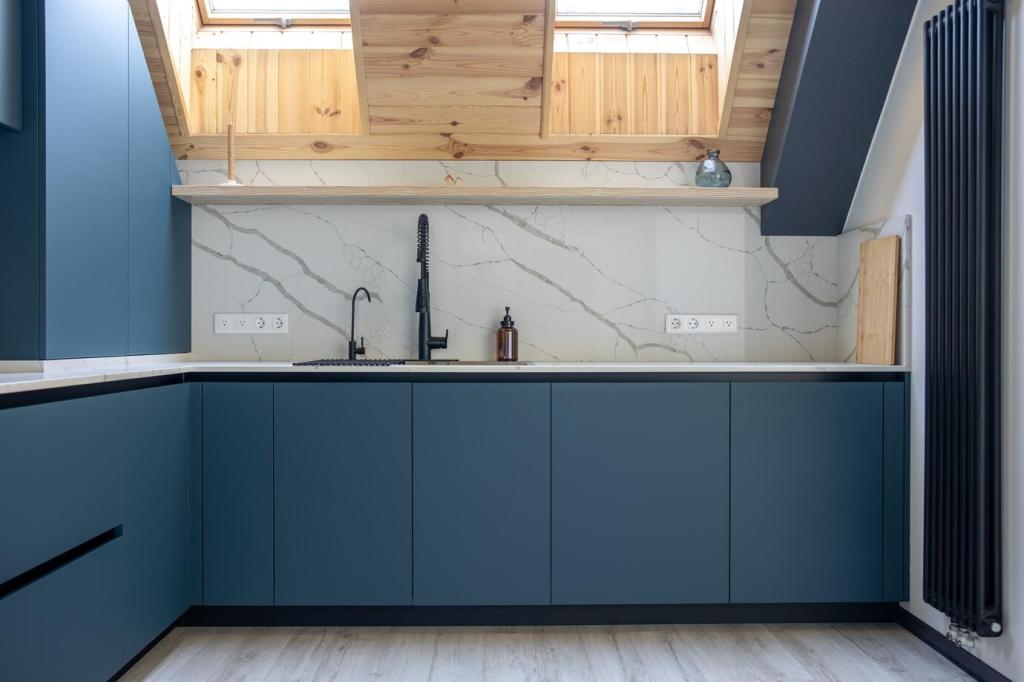Materials and Assemblies with Lower Carbon and Higher Performance
Designers increasingly choose recycled steel, high-SCM concrete mixes, and engineered wood that balances strength with sustainability. The win is twofold: a resilient shell that reduces long-term energy demand and a starting footprint that aligns with climate-smart, future-forward building goals.
Materials and Assemblies with Lower Carbon and Higher Performance
Cellulose, wood fiber, hemp-lime, and cork insulations deliver steady thermal performance with pleasant acoustics. Pair them with low-VOC paints and natural finishes, and your home smells like fresh woodshop, not chemical stew—a comfort upgrade you’ll notice the moment you walk in.

